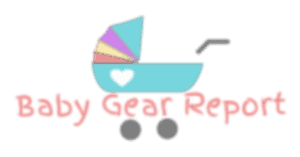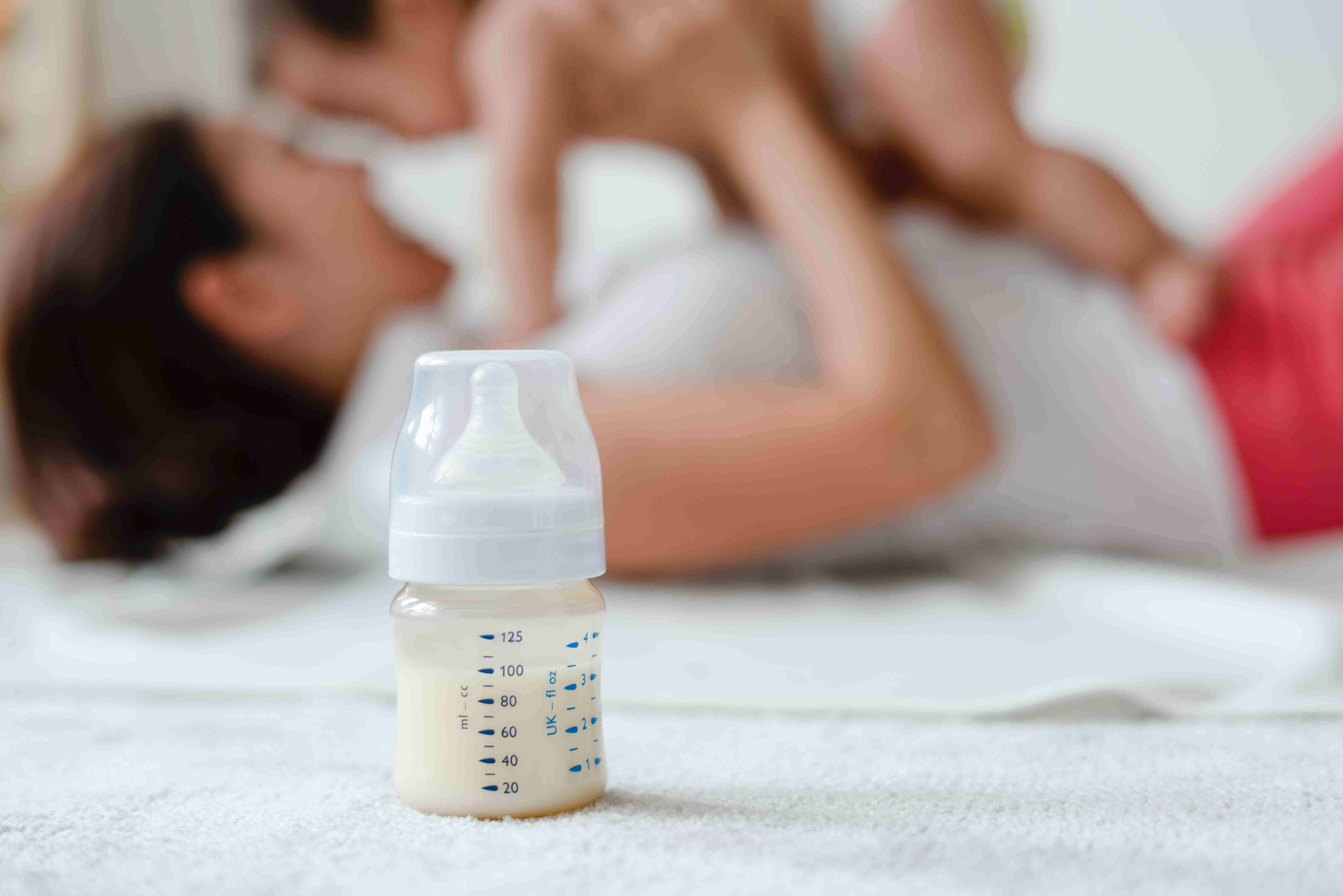As our child has gotten older, we’ve been introducing solid foods to prepare him for the time he no longer needs his formula. We’ve also read that children should not be using bottles past their first birthday. But when exactly do children no longer need formula or breast milk? Does that stop with the bottles, or do we start giving it to him in cups?
Children should stop drinking milk once they reach their first birthday. After that they should get all their nutrition from other sources. Do infants stop cold turkey, or is it gradual? What do you feed after their first birthday? Keep reading to find out.
Just as a side note…from here on out I’m going to use formula to refer to both formula and breast milk. Just makes things easier.
When can you stop giving formula?
Like I said earlier, a child shouldn’t be drinking infant formula past their first birthday (unless advised to do so by the child’s physician). This matches up nicely with the time you should stop using baby bottles.
Why do you need to stop baby bottles you ask? To help prevent tooth decay, which you can read more about in my post here .
.
Be sure that you don’t go cold turkey, helping your child to no longer need formula. It’s a long process you’ll start many months before their first birthday.
Don’t be alarmed if you are reading this and your child’s first birthday is coming soon or already past. Just start the process today and you’ll catch up quickly.
How do you transition from formula?
Generally you should start the transition when your child is around four to six months old. At that point, they will have developed to the point where they can start eating more solid food.
Don’t worry if your child is in this range, and they aren’t ready. Every child is different, so be sure to move at your child’s pace and don’t force anything they aren’t ready for. If you don’t know if they are ready, be sure to talk with your pediatrician.
Here are some signs your child might be ready to eat more solid foods:
- Holds their head up without assistance
- Sitting without assistance
- Picks up objects and places them into their mouth on their own
- Chews on objects
- Interested in food
Make sure you start with very healthy foods like infant cereals and vegetables. You should avoid juices and sugary foods for a while because those can fill your baby’s belly without providing the needed nutrients.
Many people like to replace formula with dairy milk. You shouldn’t do this before their first birthday (again, unless your pediatrician says otherwise). However the American Academy of Pediatrics does say it’s ok to start giving an ounce of milk a day, in a sippy cup, once your child turns 11 months. This is to help with the upcoming transition and make sure there are no allergies before you have to make the switch.
Gradually as your child starts eating more solid foods, you can start reducing the amount of formula they drink. Since they are getting more nutrients from solid food, they have less need for formula. Be sure though that the solid foods they eat are able to replace what they get from formula. Again, you can talk with your pediatrician to make sure your child’s solid food diet is appropriate for your child.
If you currently follow a schedule for giving your child bottles, you might want to consider stopping this. It might be helpful if you start feeding your child only when they show signs of hunger. This can help you see just how much formula they need.
Since you are gradually reducing your child’s formula needs, hopefully their formula usage at their first birthday is minimal. This will make stopping formula much easier.
What to do after your child’s first birthday?
Once your child is a year old, don’t give then any more formula (unless your pediatrician says otherwise). At this point they should be eating all meals of solid foods and healthy drinks, like dairy milk.
Whole milk provides the most nutrients of all the various types of milk, and is the most recommended type. Whole milk though isn’t required. If your child has an allergy, won’t drink milk, or is part of a vegan family, they can get their nutrition from other sources. It’ll just be a little tougher and you’ll need to focus more on your meal planning. What’s especially important is replacing the fat they get from milk with fat from another source.
If you do decide to give your child dairy milk, be sure to watch for these signs of an allergy:
- Itchy or watery eyes
- Breathing issues
- Coughing
- Upset stomach or vomiting
- Hives or red sports
- Swelling
Be sure as well to stop with those baby bottles at this time as well, and give all fluids to your child in a cup of some type. This will encourage sipping instead of sucking and limit those awful cavities.

